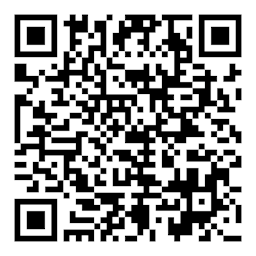3 steps to consider when developing your output management strategy
Summary
3 starting points when developing a strategy
Read time: 4 minutes
It’s a scenario that is all too typical on the day of discharge: At a time when critical information must be conveyed to patients — from follow-up instructions and prescriptions to maps and appointment reminders — nurses find themselves walking back and forth to the printer, retrieving document after document.
Every day, precious time and resources are lost in healthcare organizations as providers print documents separately, often from multiple systems and to multiple printers, and collect stacks of paper to deliver to patients. That’s not even counting the time staff must spend maintaining printers and traveling back and forth to them.
But what if there were a better way?
For progressive healthcare organizations, an approach called output management is changing the way they monitor and manage multifunction printers (MFPs) and other output devices across the enterprise.
An output management strategy can also help protect the organization by creating an audit trail of which healthcare professionals are printing sensitive documents within the facility.
Take control in a shared-printing environment. An organization can maintain a centralized printing strategy without sacrificing security. Convenient and secure card-based methods are essential for printing confidential documents, even in an open unsecured workspace. Organizations can also encrypt data both in transit and at rest on the printer to help protect sensitive information before it is printed.
Protect critical health information wherever it travels. Information isn’t only at risk when traveling from computer to computer. Lockable print trays help protect special forms such as prescriptions, while ID verification-required printing keeps confidential output safe. Devices equipped with image overwriting capabilities can protect the printer’s hard drive against more sophisticated thieves. Output management software can also help track sensitive print jobs and store their data in one central location, so you can easily trace back exactly where a document originated.
A well-thought-out output management strategy not only helps streamline patient admission and discharge processes and reduce IT costs, but it also helps protect the environment with less paper output.
Developing your output management strategy: 12 strategies
Does your output environment make it easy to efficiently and securely produce the right documents in the right format on the right devices? Find strategies that make it easier for providers to access the care delivery documents they need while saving on IT costs — and protecting patient privacy.
Recommended for you
5 steps to improve your organization's information management
A well-defined business information management process makes organizations competitive and drives them forward. See how Ricoh can help create one.
Ricoh named a Managed Print Services Leader
Keypoint Intelligence named Ricoh a Leader in Managed Print Services in its January 2024 Market Insight report.
Print Security Landscape, 2024
See why Quocirca named Ricoh a Leader in print security in its "Print Security Landscape, 2024" report, and how we are helping customers safeguard their information.
- ¹Data Breach Report, Identity Theft Resource Center, Dec. 31, 2015.


